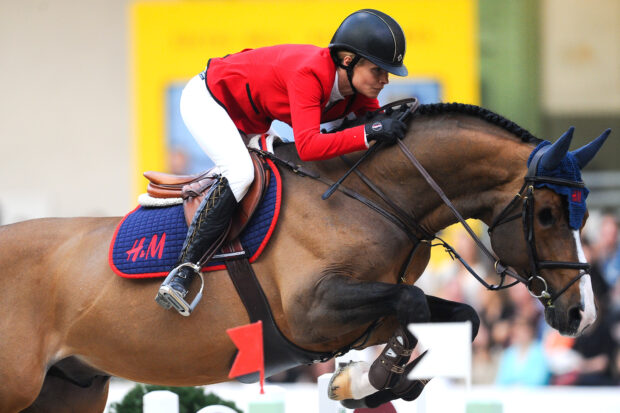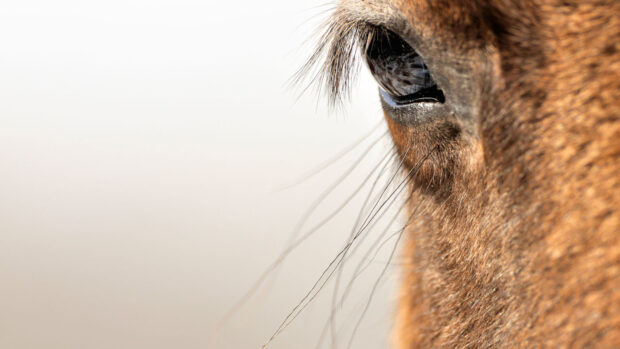There was considerable interest in 1999 when scientists suggested that when a horse is ridden with the front of the face in a vertical position (a fairly normal contact outline), the visual field of the horse becomes very limited.
We were told that in this position, with the poll flexed and the nose pointing straight downwards, a medium-sized horse could not see more than three metres of ground in front of it.
In order to look further ahead, the theory proposed, a horse has to lift its head and look down its nose; this is why horses raise their heads so high to see things far away. This idea has long worried vets and behavioural scientists.
Recently, scientists in the Czech Republic have returned to these questions, reviewed the evidence and recorded the position of the eyes of horses when the head position and posture changes.
Horses have just about the biggest eyes of any mammal, so it is not difficult to photograph them precisely and work out the position of the pupil and the degree of rotation of the eye as the head is lowered and raised.
The new research shows that it would be true that horses became progressively less able to see in front of them as the head was lowered if the eye remained fixed. But the eye does not remain fixed, it rotates within the orbit so that the oval-shaped pupil remains horizontal in any head position.
As a result scientists believe horses can see in front of them even when the head is lowered, a theory that fits much better with what we clearly see when a show jumper clears the rails with such precision.
This article was first published in Horse & Hound (27 November, ’08)



